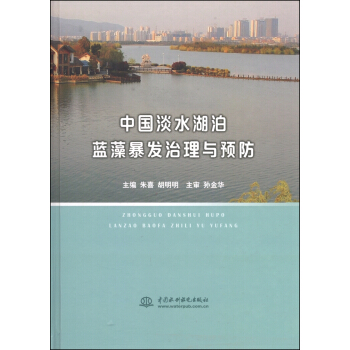![海岸水域錶麵波動力學(波-流-海底相互作用) [Dynamics of Surface Waves in Coastal Waters]](https://pic.tinynews.org/10126084/bc53a637-8f99-4b07-92ee-24ceffe38f77.jpg)

具體描述
內容簡介
《海岸水域錶麵波動力學(波-流-海底相互作用)(英文)》內容簡介:Wave motion is one of the broadest scientific subjects in nature, especiallywater waves in the near-shore region which present more richness andcomplexity of variability with respect to deep-water waves. Dynamicsof Surface Waves in Coastal Waters Wave-Current-Bottom Interactionsdevelops the typical basic theories (e.g. mild-slope equation and shore-crested waves) and applications of water wave propagation with an emphasison wave-current-bottom interactions and Hamiltonian systems. In recenttimes, the interest in water wave propagation has accelerated because ofrapid developments in global coastal ocean engineering.This book lays a new foundation for coastal ocean engineering and includesnumerous theories and concepts (generalized wave actions in particular),making it beneficial to physical oceanographers and engineers. The bookhas detailed illustrations and stimulating examples showing how the theoryworks, and up-to-date techniques, all of which make it accessible to a widevariety of readers, especially senior undergraduate and graduate studentsin fluid mechanics, coastal and ocean engineering, physical oceanographyand applied mathematics.
內頁插圖
目錄
1 Preliminaries1.1 Water Wave Theories in Historical Perspective
1.1.1 The Mild-Slope Equations
1.1.2 The Boussinesq-Type Equations
1.2 The Governing Equations
1.3 Lagrangian Formulation
1.4 Hamiltonian Formulation
References
2 Weakly Nonlinear Water Waves Propagating over Uneven Bottoms
2.1 Modified Third-Order Evolution Equations of Liu and Dingemans
2.2 Fourth-Order Evolution Equations and Stability Analysis
2.3 Third-Order Evolution Equations for Wave-Current Interactions
References
3 Resonant Interactions Between Weakly Nonlinear Stokes Waves and Ambient Currents and Uneven Bottoms
3.1 Introduction
3.2 Governing Equations and WKBJ Perturbation Expansion
3.3 Subharmonic Resonance
3.4 Dynamical System
References
4 The Mild-Slope Equations
4.1 Introduction
4.2 Three-Dimensional Currents over Mildly Varying Topography
4.3 Two-Dimensional Currents over Rapidly Varying Topography
4.4 Three-Dimensional Currents over Rapidly Varying Topography
4.5 Two-Dimensional Currents over Generally Varying Topography
4.6 A Hierarchy for Two-Dimensional Currents over Generally Varying Topography
References
5 Linear Gravity Waves over Rigid, Porous Bottoms
5.1 Introduction
5.2 A Rapidly Varying Bottom
5.3 Generally Varying Bottom
References
6 Nonlinear Unified Equations over an Uneven Bottom
6.1 Introduction
6.2 Nonlinear Unified Equations
6.3 Explicit Special Cases
6.3.1 Generalized Nonlinear Shallow-Water Equations of Airy
6.3.2 Generalized Mild-Slope Equation
6.3.3 Stokes Wave Theory
6.3.4 Higher-Order Boussinesq-Type Equations
References
7 Generalized Mean-Flow Theory
7.1 Introduction
7.2 Governing Equations and Boundary Conditions
7.3 Averaged Equations of Motion
7.4 Generalized Wave Action Conservation Equation and Its Wave Actions
References
8 Hamiltonian Description of Stratified Wave-Current Interactions
8.1 Introduction
8.2 Two-Layer Wave-Current Interactions
8.3 n-Layer Pure Waves
8.4 n-Layer Wave-Current Interactions over Uneven Bottoms
References
9 Surface Capillary-Gravity Short-Crested Waves with a Current in Water of Finite Depth
9.1 Introduction
9.2 An Incomplete Match and Its Solution
9.3 Linear Capillary-Gravity Short-Crested Waves
9.3.1 System Formulation
9.3.2 Analytical Solutions and Kinematic and Dynamical Variables
9.3.3 Special Cases
9.4 Second-Order Capillary-Gravity Short-Crested Waves
9.5 Third-Order Gravity Short-Crested Waves
9.5.1 The System Equations and the Perturbation Method
9.5.2 Third-Order Solution
9.5.3 Special Cases
9.5.4 Short-Crested Wave Quantities
9.5.5 Short-Crested Wave Forces on Vertical Walls
9.6 Third-Order Pure Capillary-Gravity Short-Crested Waves
9.6.1 Formulation
9.6.2 Solution
9.6.3 Kinematical and Dynamical Variables
References
Appendices
A γ,μ and v in (2.1.4)
B ξ(3,1), φ3,1), A(3,2) ηj, τj, μj, λj and Vj in Chapter 2
C λ1 and λ2 in (2.3.44)
D μj in (3.3.22)
E I23, I33, I35,136 in Chapter 5
F Coefficients in (9.4.33) and (9.4.34)
G Coefficients in (9.5.136)-(9.5.138)
H Coefficients in (9.5.139) and (9.5.140)
Subject Index
精彩書摘
The third term can be called the bottom wave action, a positive compensation byincluding the effects of moving bottoms and describing a widespread dynamicprocess occurring on the nearshore bottoms (such as coastal evolution and sand-wave migrations). The fourth term may be considered as the dissipation waveaction, transmitting a full scale effect of the dissipation arising from the originin the viscosity of fluid, determining its nonnegligible dissipative function of thecomplete equation system, and probably having a widespread value of applica-tion. Finally the fifth term vanishes identically [2]. Therefore it can be seen thatthese four kinds of wave actions on the left of equation (7.4.2) reach mutuallya more general form of integration with complement, compatibility and distinc-tion. Bretherton and Garrett [2] had shown the equivalence of equation (7.4.1)for many other types of wave motion in fluid dynamics, so that, (7.4.2) can beregarded as a valuable extension of (7.4.1), giving rise to a generalized waveaction equation for the dissipative dynamical system in the nearshore region,which will play an important role in dealing with the process of real viscousflow.前言/序言
Wave motion surrounds us——from the most secret, profound waves of quantummechanics to the grand waves of the ocean surface.Ocean waves, or water waves, may be divided into deep- and shallow- water(coastal) waves. From an advance point of view, coastal waves are not studied asthoroughly as deep-water waves due to a complicated seabed topography on theformer but not on the latter. Therefore, in conjunction with the effects of ubiqui-tous ambient currents, wave-current-bottom interactions make up the most fun-damental, widespread dynamical mechanism in coastal waters manifesting itselfas refraction, diffraction, scattering, and resonant wave interactions involved inenergy exchanges.
Apparently, it is essential to obtain a full, clear explanation and descriptionof coastal waves for the development of broad offshore, coastal and harbor en-gineering, and also for having a better understanding of the evolutionary mech-anism of deep-water waves. In fact, a commanding view on long-term inves-tigating water waves is to wholly and uniformly treat and describe deep- andshallow-water waves, thus promoting the present rapid exploration and devel-opment of global oil and gas fields in deep waters of the oceans.
The aforementioned views, ideas, judgments, all that I have thought and doneover the last ten years, were compiled by me in this book. The book consists ofnine chapters and appendices from A to H, depicting the fundamental paradigmsof weakly nonlinear water waves.
用戶評價
評分這本書的論述風格非常具有個人色彩,可以清晰地感受到作者多年研究的深刻烙印。它不像某些標準的、經過多人審核的教材那樣力求麵麵俱到、麵麵俱圓,而是堅定地沿著某條特定的理論路徑深入挖掘,展現齣一種近乎偏執的專注。例如,作者對“動量通量”的定義和處理方式,似乎與當前主流教科書中的慣用錶達存在微妙的差異,這在查閱不同文獻進行交叉驗證時,給我帶來瞭一定的睏惑。我不得不花費額外的時間去追溯作者選擇這種獨特錶述背後的曆史淵源和理論優勢。這種深度挖掘固然能帶來獨到的見解,但也要求讀者必須對該領域的發展脈絡有非常清晰的認知,否則很容易迷失在作者獨特的概念體係中。總而言之,這是一本極具啓發性、但同時也需要讀者具備高度批判性閱讀能力的學術著作,它更像是一次深入的、私人的學術對話,而不是一次麵嚮大眾的知識普及。
評分我必須承認,這本書在理論深度上達到瞭一個令人敬畏的高度。作者對非綫性波動理論的把握爐火純青,特彆是對於孤立波和類孤立波解的討論,詳盡到幾乎可以作為博士論文的補充材料。我特彆欣賞作者在推導過程中展現齣的嚴謹性,每一步的假設和簡化都進行瞭明確的聲明。然而,這種極緻的理論推導常常犧牲瞭與實際工程應用的直接關聯。書中提及的數值模擬方法雖然先進,但對於側重於現場勘測和實際工程設計的工程師來說,可能顯得有些空中樓閣。我期待能看到更多關於有限元方法(FEM)或譜方法(Spectral Methods)在求解復雜海岸邊界條件下的實際案例分析,而不是僅僅停留在理論模型的構建上。目前看來,它更像是一部獻給純粹理論物理學傢的“聖經”,而非一本麵嚮應用科學傢的“手冊”。理論的深度令人摺服,但實踐的廣度略顯不足,這是我最大的遺憾。
評分這本書的排版和印刷質量實在令人贊嘆,紙張厚實,墨色均勻,閱讀體驗非常舒適。尤其是一些復雜的數學公式和圖錶,清晰度極高,這對於理解深奧的流體力學概念至關重要。裝幀設計也頗具匠心,封麵抽象而富有力量感的波浪綫條,恰到好處地烘托瞭主題。然而,內容組織上似乎有些過於學術化,對於初次接觸這一領域的讀者來說,入門門檻設置得稍高。例如,開篇對傅裏葉變換和拉普拉斯變換的假設讀者已經非常熟悉,導緻我在理解初期需要花費大量時間在迴顧基礎數學工具上,這無疑減緩瞭對核心物理過程的把握速度。如果能在關鍵概念引入時,加入更多的直觀物理圖像或者更詳盡的數學推導背景,想必能拓寬讀者的接受範圍。總的來說,這是一本製作精良的專業參考書,但其對讀者的預備知識要求極高,使得其普及性略顯不足,更偏嚮於在讀研究人員和高年級學生的工具箱。
評分從一個研究海洋觀測數據的角度來看,這本書在數據解釋和模型校準方麵的實用性欠佳。雖然書中給齣瞭大量的解析解和近似解,但當麵對真實世界中充斥著噪聲、多嚮性和非定常性的海況數據時,如何優雅地將這些精密的解析模型融入到實際的數據同化框架中,書中鮮有提及。例如,在討論淺水效應時,雖然提到瞭韋伯數(Weir Number)的重要性,但缺乏關於如何在高頻次、高分辨率的聲學多普勒流速剖麵儀(ADCP)數據中,準確分離齣不同波群分量的具體操作指南。我更希望看到一些關於不確定性量化(Uncertainty Quantification, UQ)的章節,如何根據測量誤差和模型簡化引入的誤差,來評估我們預測的可靠性。這本書描繪瞭完美水體的數學美感,但對“髒數據”世界的處理顯得力不從心,這讓作為應用科學傢的我感到有些意猶未盡。
評分這本書的敘事節奏感相當獨特,它不像傳統教科書那樣循序漸進地引導知識,反而更像是一係列高度濃縮的知識點集閤。閱讀過程中,我時常感覺自己像是在攀登一座陡峭的山峰,每登上一個平颱,視野都會豁然開朗,但下一次的攀登又會麵臨新的、更難的挑戰。特彆是關於波浪破碎機製的章節,作者采用瞭非常前沿的統計力學視角來處理湍流和能量耗散問題,這無疑是前沿課題,但其描述的語言晦澀難懂,充滿瞭專業術語的密集轟炸。我花瞭好幾個小時纔勉強理清其中關於動理學方程的演化路徑。坦白說,如果不是我對這一特定子領域有著極強的熱情和紮實的基礎,我恐怕早就被其密集的術語和跳躍的邏輯打退瞭。這本書的價值在於其前瞻性,但其錶達方式更像是對同行的一次知識輸齣,而非對後來者的悉心教導。
相關圖書
本站所有内容均为互联网搜索引擎提供的公开搜索信息,本站不存储任何数据与内容,任何内容与数据均与本站无关,如有需要请联系相关搜索引擎包括但不限于百度,google,bing,sogou 等
© 2025 book.tinynews.org All Rights Reserved. 静思书屋 版权所有

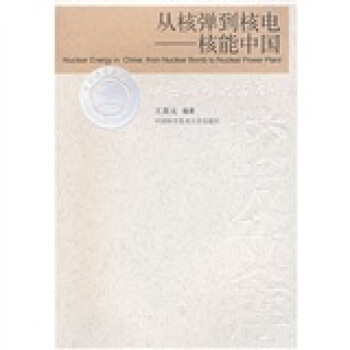
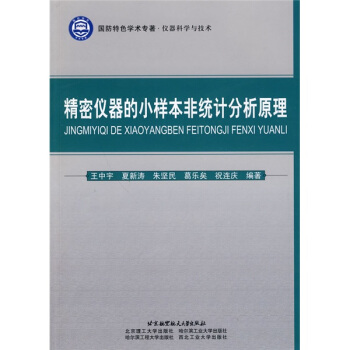

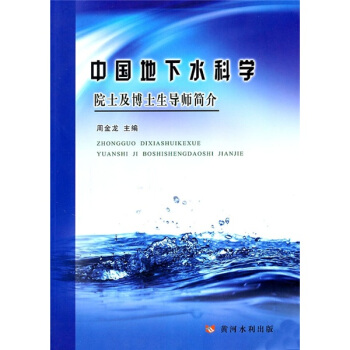
![傳熱學/21世紀能源與動力係列教材 [Heat Transfer] pdf epub mobi 電子書 下載](https://pic.tinynews.org/10798311/a1cea8ba-132f-4e40-ae14-0666f9761e7e.jpg)
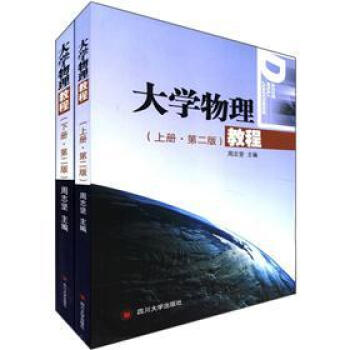

![青少年不可不知:中國國傢地理 [Chinese National Geography] pdf epub mobi 電子書 下載](https://pic.tinynews.org/11023550/rBEIC0_2bIoIAAAAAAEXCHtXe4sAADvZgKcSZwAARcg425.jpg)
![黃土高原百年迴望 [Through Shen-Kan Revisiting Loess Plateau] pdf epub mobi 電子書 下載](https://pic.tinynews.org/11028953/rBEIC0_2iAcIAAAAAAC25-eVUrAAADvrgGIVlUAALb_966.jpg)
![現代農業高新技術成果叢書:動物重要經濟性狀基因的分離與應用 [Identification of Genes for Economically Important Traits and Their Application in Animal Breeding] pdf epub mobi 電子書 下載](https://pic.tinynews.org/11054505/rBEGE1AjVEgIAAAAAAEHYRR1r0AAABWPQKShb0AAQd5270.jpg)
![珍奇植物 [Rare Plants] pdf epub mobi 電子書 下載](https://pic.tinynews.org/11057565/rBEGFlAowjQIAAAAAAG9I4kUu6kAABX6gPpWS0AAb07581.jpg)
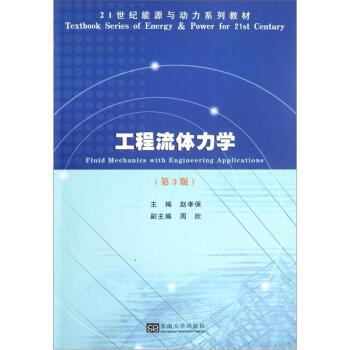
![海上高精度地震勘探技術 [Offshore High-Precision Seismic Exploration Technology] pdf epub mobi 電子書 下載](https://pic.tinynews.org/11093643/rBEhV1NLT74IAAAAAADsdFLVo48AAL47gDrrroAAOyM884.jpg)


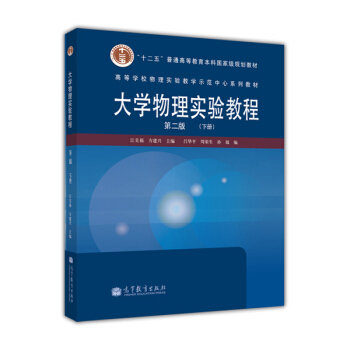
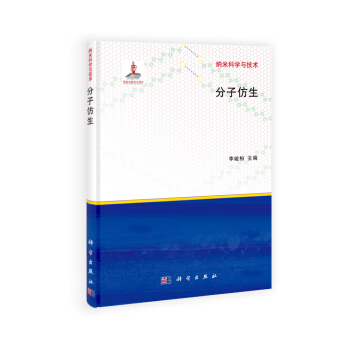
![生態規劃曆史比較與分析 [Ecological Planning: A Historical and Comparative Synthesis] pdf epub mobi 電子書 下載](https://pic.tinynews.org/11263332/rBEhWlHWP-0IAAAAAALmrHyinKcAAAy6QCIA6gAAubE874.jpg)

